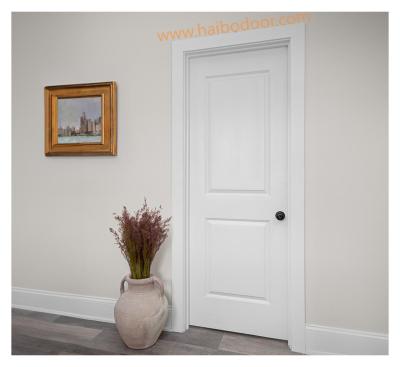Categories
Tags
Archives
How an Interior Door Factory Serves Both Stylish Homes and Dura
-
As the global construction industry navigates shifting needs, any Interior Door Factory must adapt to the contrasting dynamics of residential and commercial development. While both sectors require tailored door solutions, the scale, function, and aesthetic expectations often diverge sharply—fueling different types of product innovation and market behavior.
Residential Spaces: Design-Driven but Budget-Conscious
In housing developments and renovations, interior doors serve not only a structural role but also influence the visual harmony of living spaces. Trends have leaned toward sleek minimalist panels, soft-close mechanisms, and material blends like wood-composite cores with vinyl finishes. Most residential buyers prioritize customization, matching room layouts and color schemes while staying within tight budgets.
Another key factor is noise reduction—solid-core doors have become more popular in family homes and apartment buildings. However, cost sensitivity still shapes this segment, encouraging factories to balance performance with affordable production methods.
Commercial Projects: Standardization Meets Functionality
By contrast, commercial construction—whether for offices, retail, or hospitality—typically emphasizes uniformity, fire-rating compliance, and high-frequency usage tolerance. In these environments, a door is not merely a divider; it’s part of an operational system. Most orders from contractors are bulk quantities of standardized designs that meet strict safety and durability benchmarks.
What’s interesting is how sustainability certifications and maintenance efficiency are rising in importance. Factories producing for this sector often invest in pre-finished surfaces and modular framing systems to reduce installation time and long-term upkeep.
Demand Patterns: Who's Growing, Who's Pausing?
Recent shifts in real estate investment have altered order volumes across sectors. Suburban housing and multi-family developments continue to show moderate growth in interior door demand, while certain commercial categories—such as co-working offices and educational buildings—have seen slower cycles of renovation or expansion. This divergence means factories must stay agile: developing smaller batch flexibility for residential customers while keeping large-scale logistics ready for institutional projects.
Finding the Middle Ground
There’s a growing intersection between the two: mixed-use developments and smart homes. These environments blur the lines between homey warmth and commercial-grade function. For interior door manufacturers, this represents an opportunity to hybridize offerings—delivering style-conscious yet fire-rated or soundproof solutions for evolving client needs. Go to https://www.haibodoor.com/news/industry-news/how-a-pvc-door-factory-creates-quality-and-design-for-everyday-living.html to learn more about tailored solutions from a reliable interior door factory.
